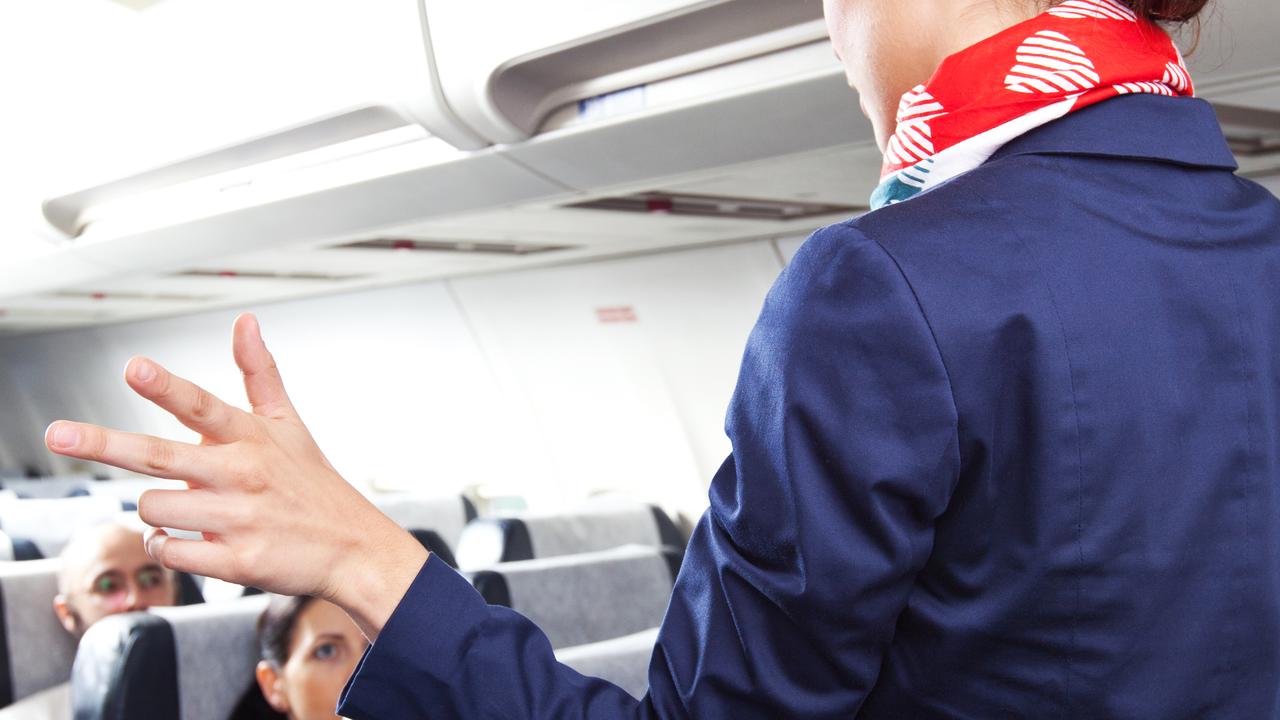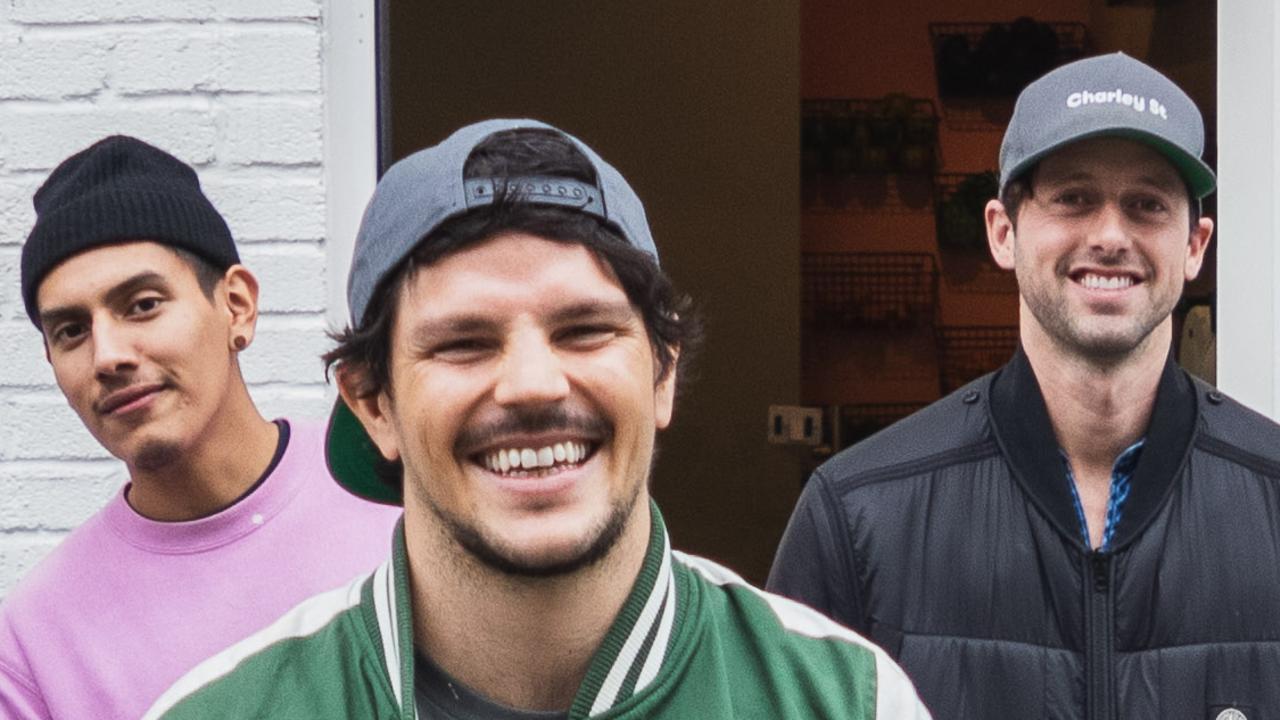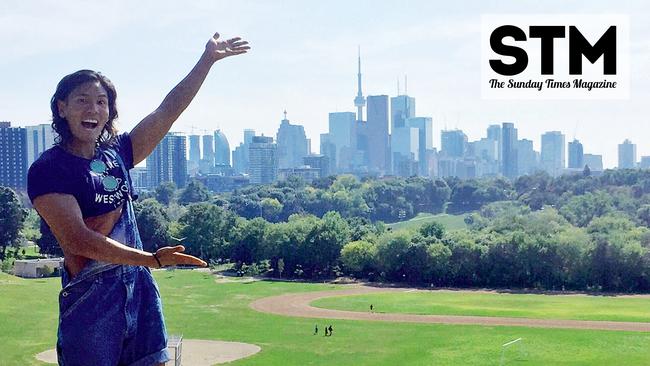Seduction in Seattle
FROM a science fiction Space Needle to the graves of Bruce and Brandon Lee, there's more to Seattle than grunge, coffee and rain.
ON A clear day, the viewing platform of Seattle's iconic Space Needle reveals much of what makes the city so appealing.
Snow-capped volcano Mt Rainier hovers on a bank of mist and haze like a looming alien mothership to the east.
Puget Sound is a glistening tract of water leading to the etched blue line of the Olympic Mountains to the west. The Cascades are a forested eastern rampart.
A clump of high-rise buildings marks the city centre, nestled close to the bay to the south. The city of only half-a-million people sprawls out past lakes and freeways and parks, its streets and suburbs heavily interspersed with foliage. Orange cranes line the docks like lonely flamingos.
On one of the city's famed rainy days, the view is not quite so striking, but Seattle loses little of its attraction: there is as much to do indoors and out, and even underground.
But don't let the wet reputation put you off – tourism touts are keen to tell visitors that the city actually gets less precipitation than New York City; it just has a much longer wet season (from October to April).
The largest city in the Pacific Northwest, Seattle retains a small-town welcome with big-city facilities and varied activities for the visitor.
It also boasts a fascinating history.
While the city is famous for its association with Starbucks coffee, Boeing and Internet companies Microsoft (in neighbouring Redmond) and Amazon.com, it largely owes its founding to timber.
Settled in the 1850s, Seattle, tucked away on the Sound in the northwest corner of the US only a couple of hours' drive from Canada, was a prime source of timber to feed the burgeoning economies of the western states, San Francisco in particular.
The term Skid Row is ascribed to having been born in these early years, when felled trees were skidded down a road to a sawmill.
Despite that early logging, the city remains deserving of its Emerald City nickname: the temperate climate encourages tree-lined streets and suburban gardens, and the surrounding mountains are green with lush forest.
One of the best ways to get a feel for the city's beginnings is to do a Seattle Underground tour. These popular excursions leave from Pioneer Square, where the area's indigenous tribes are given a nod with a totem pole and statue of Chief Seattle while being surrounded by coffee shops and stores.
The tour goes under the streets where a few remnants of Seattle's colonial heyday can still be seen – and nothing is more iconic than a toilet.
A potted version of the tale our guide tells goes something like this:
Seattle, originally named Duwamps until renamed after an anglicised version of a native American chief's name, was founded on a mudflat. Its buildings were made primarily of wood.
In 1889, much of the city burned down, with no loss of life. The decision was made to use this opportunity to build the city up above tidal levels, but eager shop owners weren't prepared to wait: they reopened immediately, as the city streets were elevated on whatever landfill could be found.
Sawdust was common, which led to huge washouts in which, on one occasion, a child drowned.
Once the streets were built up, the shop fronts were below street levels. The solution was to put ladders at every intersection. This meant it was not only common for tightly corseted, hoop-skirted women to faint, but for men to gather at the bases of ladders and look up.
It was, after all, a working man's town where, at one stage, the biggest tax base was the working girl.
The reliance on ladders also meant heavy objects like sacks of flour would be lined along the streets. But passing horses and wagons would occasionally knock these heavy victuals off the road and on to the footpath below, sometimes injuring and even killing passersby.
Finally, the gaps were built over, and the ground floor became a basement. While many of these levels are now used, some aren't, and these remnants of yesteryear provide a dusty, cobwebbed backdrop for fascinating tales of corruption, ineptitude and ne'er-say-die spirit.
A chief exhibit in the tour is a toilet, elevated to provide extra gravity feed. With Seattle's sewer lines, at one time made from timber pipes, running into a tidal bay, the back pressure could provide instantaneous and explosive interior decorating if the chain were pulled at the wrong time of day. The solution was for the local paper to publish the tide times on the front page, at least until more sophisticated sewerage could be arranged.
Despite this idiosyncratic beginning, there is no end of sophistication in Seattle. Of particular note is a vibrant underground scene, internationally known for birthing the grunge music movement, which continues to provide fringe theatre and live performance and plenty of non-mainstream clothes, art and music shopping.
Seattle is a shopper's delight, with several districts offering distinctive ambience and fare.
We spent our days roaming between the colourful variety of Pike Place Market, Pioneer Square, Downtown and Broadway's alternative offerings, all easily reached by foot from our centrally located hotel.
Free buses make it easy to get around the city centre, but walking is easy – there are plenty of multi-national cafes and coffee shops if the hills get too wearing – and traffic is surprisingly light.
One of the newest attractions is the Science Fiction Museum and Hall of Fame, housed in a Frank Gehry-designed building at the base of the 184m Space Needle in Seattle Centre.
In the summer the park around the Needle is a whirl of amusements and tourist traps, but when the wind is blustery and the trees are bare, the monorail isn't crowded, the ferris wheel is still, and the Needle and SFM can be enjoyed at a leisurely pace.
The museum boasts displays of movie and television props from the likes of Blade Runner and Star Trek, first edition books, manuscripts and dioramas discussing various themes central to the science-fiction genre: aliens, space exploration, future societies.
Given its mix of quirky history, natural beauty and urban sophistication, Seattle seems the perfect site for this window to the past, present and future.
AROUND TOWN
Pike Place Market: A historic collective of stalls selling fish fresh from the fleet, local produce, crafts, cafes with views over the sound and shops selling memorabilia. One of the city's iconic sites, made famous in the film Sleepless in Seattle. The original Starbucks cafe is also located in the market precinct. The Seattle Aquarium is nearby.
The Space Needle: At Seattle Centre, the tower, famously used as a logo by TV's Frasier, was built for the 1962 World Fair. The view is superb. While there visit the Science Fiction Museum and neighbouring Experience Music Project (feature exhibit: Jimi Hendrix's Stratocaster; the man himself is buried in nearby Renton).
Access to the Space Needle is easy via monorail from the Westlake Centre, a multi-storey shopping mall with an impressive range of multicultural eateries.
Shop on Broadway: It's easy to while away a day along this long street of funky, multi-national cafes and alternative shops catering heavily to the university crowd. For North West Pacific indigenous art and trendier goods, head downtown.
Take a ferry: Grab some fresh air and a taste of Seattle's waterside character on the way to Bainbridge Island.
The Museum of Flight: A city which has suffered ups and downs with Boeing's turbulence is the perfect site for such a museum offering hands-on experiences with fighter jets, passenger liners and Concorde.
Pioneer Square and Underground Tour, The Smith Building: An elegant high-rise tower downtown now overshadowed by its more modern peers, it also offers an observation deck.
Cascades: Take a day trip into the beautiful Cascades, or cross over to the eastern side and visit Washington's dry side and the likes of dude town Winthrop.
Day trips: Take a day trip to infamous volcano Mt St Helens and/or Mt Rainier.
Check out: Quirkier sights, like a lunchtime stroll along Ballard Locks, a photo session with the Fremont Troll (a statue complete with VW bug under a bridge), Bruce and Brandon Lee's graves at Lakeview Cemetery.
GETTING THERE Flights to Seattle usually connect through Los Angeles, San Francisco or Vancouver. Buses are free in the downtown area. The Space Needle is easily reached by a short monorail trip from Westlake Centre. The monorail was taken out of service following a collision in November; no one was seriously hurt.



